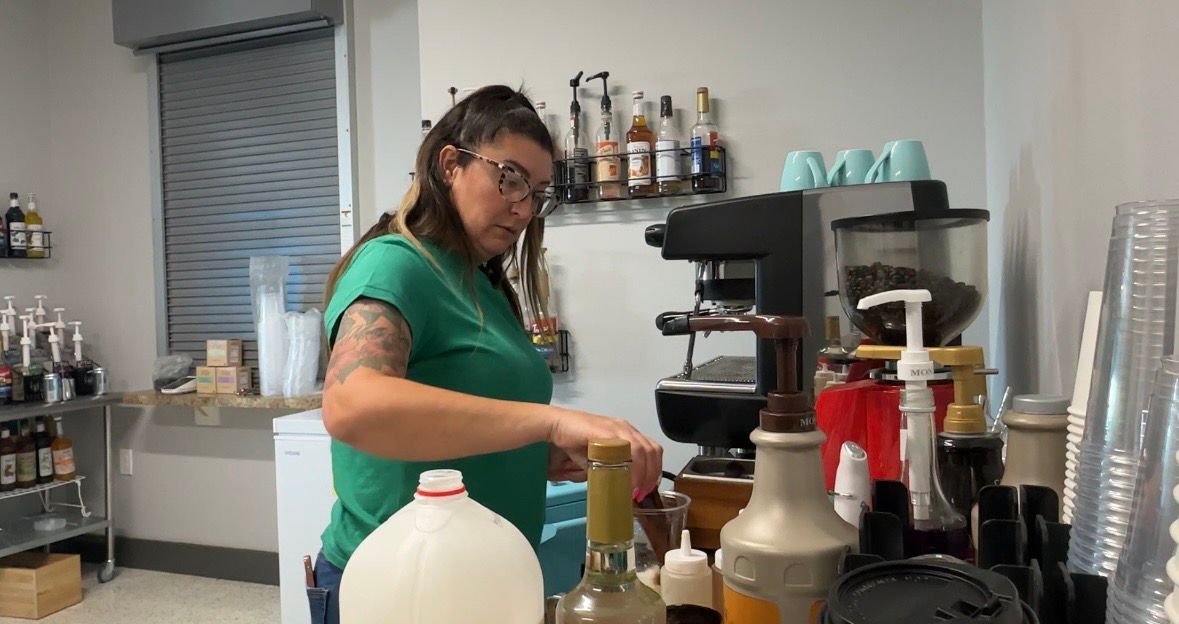TAMPA, Fla. — Researchers at the University of South Florida say 2025 is expected to be a major year for seaweed in the Atlantic Ocean, which could potentially translate to a bad year for Florida beaches.
A December report by the USF College of Marine Science Optical Oceanography Lab found an abundance of sargassum off the coast of Africa in the Eastern and Western Atlantic.
Sargassum is a type of seaweed that can grow into massive floating mats that provide food and habitat for marine animals. But experts say too much could also be a problem, as the decomposition of sargassum on beaches can cause an unpleasant odor and possibly exacerbate respiratory issues.
According to the report, in December, the sargassum exceeded 75% of its historical value. Researchers said that’s an indicator of what beachgoers could see on Florida’s Atlantic coast and near the Keys by the mid- to late spring.
University of South Florida optical oceanography professor Chuamin Hu is the report's lead researcher, and said several factors will determine where the sargassum will go.
“It’s driven by light, it’s driven by temperature and it requires food,” Hu said. “Any plant requires food just like a human being.”
Hu said because of ocean currents and other factors, beaches in the Tampa Bay area won’t see the abundance of seaweed.
“We are lucky to be spared every year,” Hu said.
According to the report, sargassum growth in January is expected around the Lesser Antilles and the eastern Caribbean Sea, while "sargassum in the western Caribbean Sea and the Gulf of Mexico will likely remain very low."
While the impact could be major, Hu said it’s also too early to tell exactly how much seaweed will wash ashore in the Sunshine State.
“That’s still a question mark, because we are far away,” Hu said.











